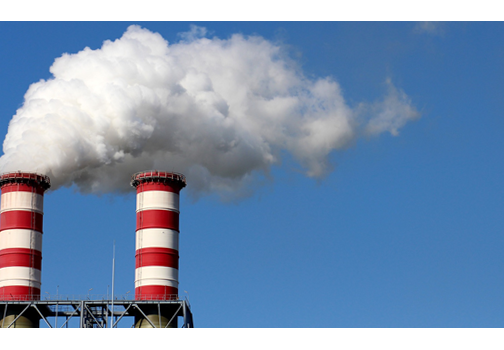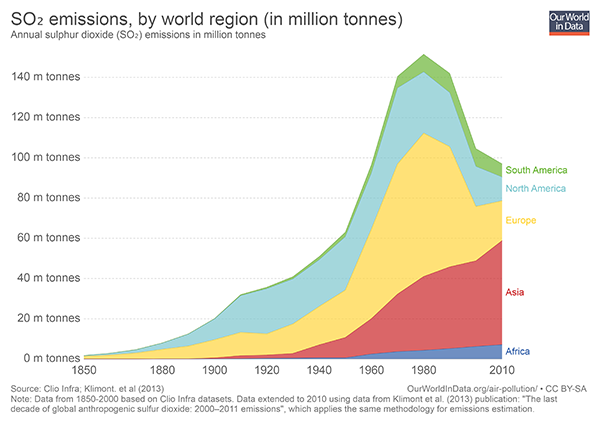SO2
Background
Sulfur dioxide (SO2) is a sharply smelling, colorless gas that is the major constituent of the Sulfur oxides group of gases (SOx).
SO2 has adverse health effects, mainly affecting the respiratory system, but also cause cardiac problems.
SO2 has both natural and anthropogenic sources, where the most common anthropogenic source is burning of fossil fuels containing sulfur.
It can travel very far and should be considered an international problem since it easily spreads between over national borders.



